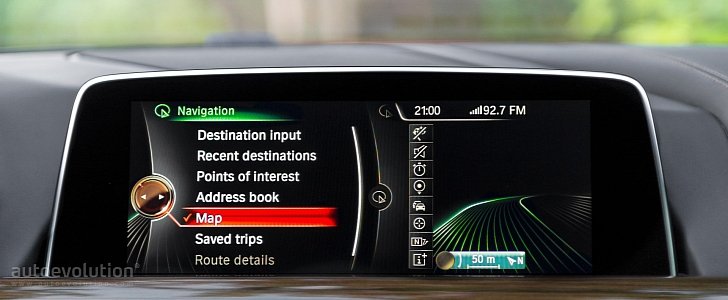The German trio of premium automakers, formed by Audi, BMW, and Mercedes-Benz has teamed up with five tech companies and formed the 5G Automotive Association.
The unprecedented collaboration between the three German premium brands is linked to their joint acquisition of Nokia’s HERE Maps, and the trio will join Huawei, Intel, Qualcomm, Ericsson, and the Finnish brand in the cross-industry partnership. Few projects of this kind have linked so many big corporations, so their results will be interesting to follow.
The association has the goal of developing communication solutions and support standardization of protocols that will enable car-to-car connectivity, along with intelligent transportation solutions like car-to-infrastructure technologies.
As BMW explains in a press release, the 5G Automotive Association wants to solve society’s connected mobility needs and road safety problems with advanced technology.
The partnership will employ the next generation of mobile networks, which will operate on the 5G standard, an evolution of the LTE technology.
Thanks to the tech, the 5G Automotive Association will employ Cellular Vehicle-to-everything communication, abbreviated by the C-V2X term. In layman’s terms, the idea behind this partnership is to place a reliable Internet connection in every car on the road, and to let vehicles “talk” to each other.
Because the automakers involved five serious players of the communication and technology industry, they are sure that the models that will benefit from this technology will employ the latest developments in these systems.
With 5G speeds, cars will be able to connect to more devices than ever, and the generated network will be able to handle an unprecedented data volume, while also reducing latency.
Evidently, the association must be sure that the formed network will ensure a new level of reliability. Nobody wants to live in fear that his or her self-driving car, connected to the Internet, will ever suffer from lag or a connection that has timed out.
Employing multiple solutions from several players in the telecom industry should provide a level of redundancy that will adequately support the network.
The association has the goal of developing communication solutions and support standardization of protocols that will enable car-to-car connectivity, along with intelligent transportation solutions like car-to-infrastructure technologies.
As BMW explains in a press release, the 5G Automotive Association wants to solve society’s connected mobility needs and road safety problems with advanced technology.
The partnership will employ the next generation of mobile networks, which will operate on the 5G standard, an evolution of the LTE technology.
Thanks to the tech, the 5G Automotive Association will employ Cellular Vehicle-to-everything communication, abbreviated by the C-V2X term. In layman’s terms, the idea behind this partnership is to place a reliable Internet connection in every car on the road, and to let vehicles “talk” to each other.
Because the automakers involved five serious players of the communication and technology industry, they are sure that the models that will benefit from this technology will employ the latest developments in these systems.
With 5G speeds, cars will be able to connect to more devices than ever, and the generated network will be able to handle an unprecedented data volume, while also reducing latency.
Evidently, the association must be sure that the formed network will ensure a new level of reliability. Nobody wants to live in fear that his or her self-driving car, connected to the Internet, will ever suffer from lag or a connection that has timed out.
Employing multiple solutions from several players in the telecom industry should provide a level of redundancy that will adequately support the network.




